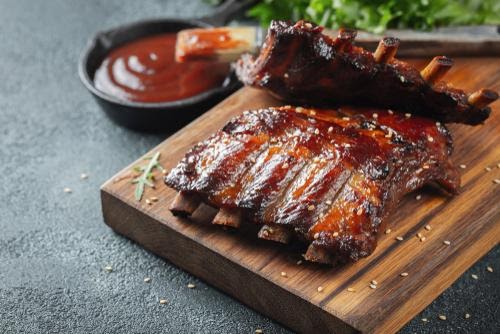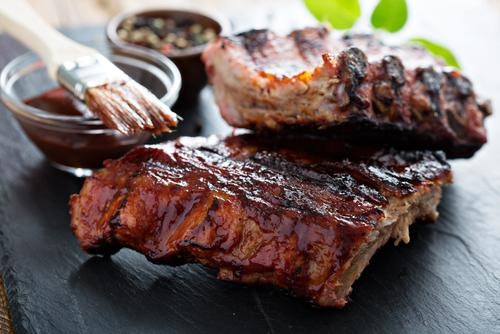If you are someone who enjoys the occasional barbecue outing, then you may have heard of pork loin back ribs and baby back ribs. For barbecue connoisseurs who know a lot about meat, you may be able to know right away what the name refers to. For those who enjoy meat, but don’t eat meat enough to know the difference, then possibly the names may be familiar to you, but the understanding of what they are may be unknown. Whatever the case may be, pork loin back ribs and baby back ribs are truly recognized and praised for what they have to offer. Let’s delve into what these types of meat are and what they can do for you in terms of dressing up your next dinner entree.
Is there a Difference Between Pork Loin Back Ribs and Baby Back Ribs?

You may have heard of pork loin back ribs and baby back ribs, but what is the difference between the two similar sounding names? The truth is that there really isn’t a difference between the two types of back ribs. The two names are used to describe the same thing. Pork loin back ribs and baby back ribs refer to (surprise surprise) the back portion of the rib where the meat extends from the rib to the spine of the pig after the loin has been removed. Hence the name pork loin back ribs. Yet, why is pork loin back ribs often labeled as baby back ribs? Well, contrary to popular belief that baby back ribs are derived from the ribs of baby piglets (they are not), the reason why you may hear these names interchangeably may refer to the fact that in comparison to other types of ribs, these ribs are considerably shorter. Typically, the back ribs of the pig are around 3-6 inches while the other ribs can be around 11-13 inches. In other words, baby back ribs simply refer to the fact that these ribs are shorter in size, thus the other name. In reality, there is no difference between the two, so should you hear their names, you will know that they are the same!
The Flavor Profile of Pork Loin Back Ribs/Baby Back Ribs

This specific cut of rib is one of the most popular types of cuts out there. They are known to be a bit more expensive than other types of rib such as spareribs and are typically more expensive. They are tender and leaner, offering a juicy and flavorful profile. Keep in mind though, that this rib can sometimes be quite dry if they are not made right. This is due to the fact that the nature of baby back ribs is leaner. Yet, you can avoid this, if you follow cooking preparations well and take your time. The way that you cook the meat will greatly affect the taste of your ribs, so you want to make sure to cook it in the best way possible. Now when I refer to the way you cook your meat, I am not referring to cooking methods like braising, grilling, smoking, etc. Ribs can taste amazing no matter the type of method you use. (although barbecued tends to be the more preferred option) The more important factors to watch out for include the spices you use, the type of sauce, and time. Aim for low and slow heating of the meat rather than high and fast. Through doing this, the meat and fat can have more time to break down and caramelize, giving you the tenderness that is so integral to a rack of ribs. Choose spices like salt, pepper, paprika, garlic powder, cayenne pepper, or ground mustard. Use sauces that include ingredients like light brown sugar, ketchup, chili sauce, apple cider vinegar, etc. These ingredients are bold and can create a truly one-of-a-kind and mouthwatering sauce, alongside a few other ingredients!
